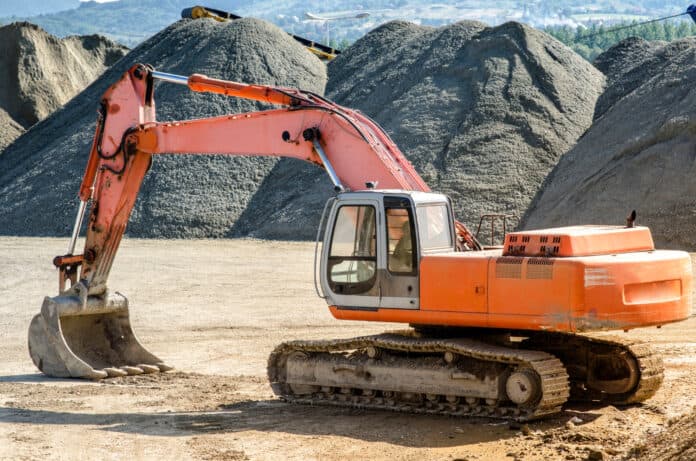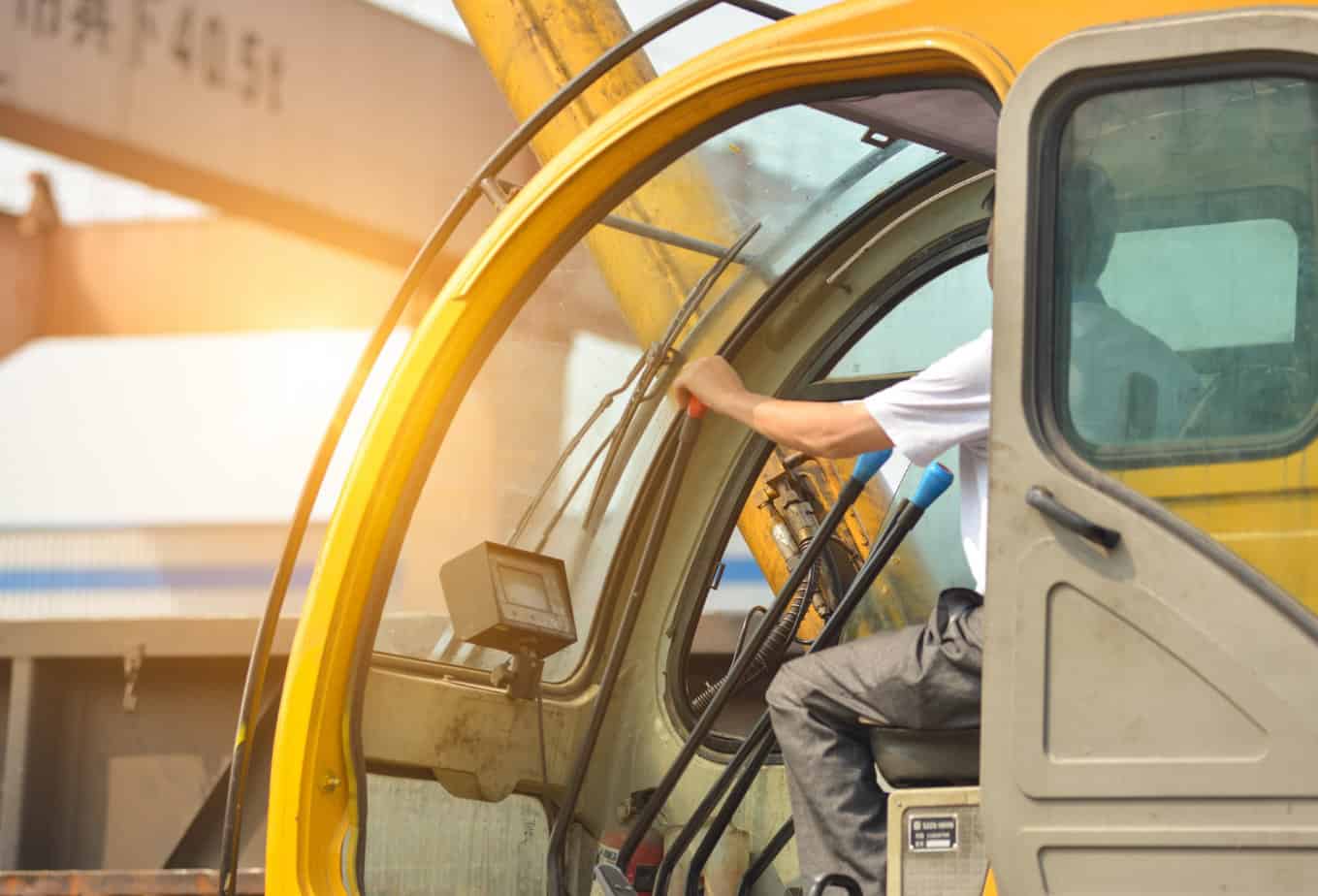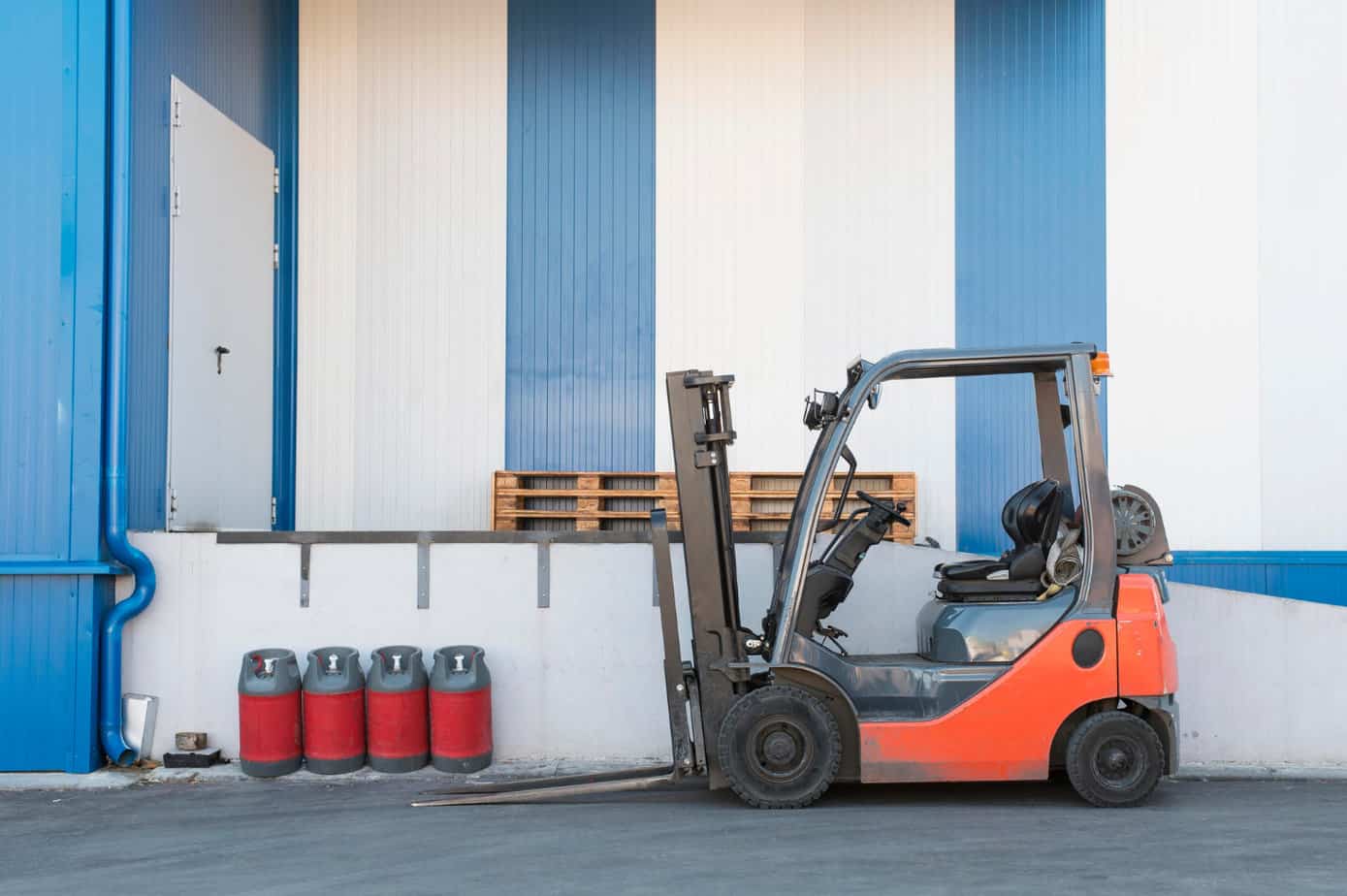
Moving heavy equipment can be daunting, requiring the right equipment to do it safely and efficiently.
Heavy machinery provides the power and control to move large items, which is essential for any heavy-lifting job. With the right heavy machinery, workers can move heavy equipment with ease and confidence. From excavators, bulldozers, and cranes to wheel loaders and forklifts, various heavy machinery options are available to get the job done.
Each type of machinery has its advantages and disadvantages, but all offer the same result—the safe and efficient movement and equipment hauling rates per mile. From large construction sites to tight and confined spaces, the right heavy machinery is essential for any job that requires the safe and efficient movement of heavy items.

Advantages of Using Heavy Machinery
Heavy machinery provides a variety of advantages, including increased productivity, reduced labor costs, reduced risk of injury, and reduced risk of damage to the equipment. Heavy machinery can move loads that may be too heavy for a single worker to move alone. Also, some types of heavy machinery can be used inside a building or other confined spaces, which may only be possible with manual methods.
Heavy machinery can be used year-round in all types of weather, including rain, snow, and extreme heat, which may not be safe or possible with manual methods. Heavy machinery can increase productivity by enabling workers to move more loads in less time. Heavy machinery reduces the risk of injury because workers must lift and move items by hand. There is also less risk of damage to the equipment being moved because heavy machinery gives workers more control over the load.
Types of Heavy Machinery
Several different types of heavy machinery are used for a variety of applications. The most common types of heavy machinery include excavators, bulldozers, cranes, wheel loaders, and forklifts.
– Excavators are used to move materials and earth, one of the most common types of heavy machinery. They are available in two varieties: backhoe and front-end loader. Backhoe excavators are used to digging holes and move materials, while front-end loader excavators are used to move materials, such as gravel or sand, from one place to another.
– Dozers are heavy machinery used to push and break up the earth. There are two types of dozers: push and pull. Push dozers are used when you don’t need to move the earth, and pull dozers are used when you need to move the earth.
– Cranes are used to lift and move materials, such as steel beams, in a construction setting. Finally, there are several types of cranes, such as crawlers, towers, and gantry cranes. Crawler cranes are typically used at construction sites, while tower cranes are used in construction and other settings.
– Wheel loaders move materials, such as dirt, sand, gravel, and rocks, from one place to another. There are two types of wheel loaders: the bucket wheel loader and the push wheel loader. The bucket wheel loader moves materials into a pile, while the push wheel loader is used to level the materials.
– Forklifts are used to lift and move materials stacked in containers or pallets. There are two forklifts: the counterbalanced forklift and the sit-down forklift. The counterbalanced forklift is used when the moving materials weigh less than 3,000 lbs, while the sit-down forklift is used when the materials weigh more than 3,000 lbs.

Safety Precautions for Using Heavy Machinery
When using heavy machinery, it is important to follow safety precautions to prevent injuries, equipment damage, and property damage. It is also important to follow regulations for each type of machinery, including licensing and safety regulations. Before using any heavy machinery, it is essential to know how it works and how to operate it safely. Training courses can achieve this on the machinery and the required safety precautions.
Before using any heavy machinery, it is essential to check the condition of the equipment. This includes checking belts and cables and oil and fuel levels. Additionally, all safety features and components must be in working order, and any damage to the machinery must be repaired before using it. Finally, it is essential to read the equipment’s safety instructions and warnings.
Conclusion
Heavy machinery provides a variety of advantages, including increased productivity, reduced labor costs, reduced risk of injury, and reduced risk of damage to the equipment. Several types of heavy machinery include excavators, dozers, cranes, wheel loaders, and forklifts. These heavy machineries are used in various industries, including construction, mining, and farming. When using heavy machinery, it is important to follow safety precautions to prevent injuries, equipment damage, and property damage.
















































